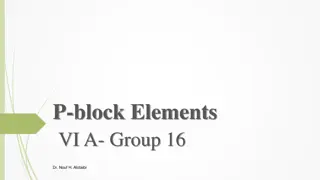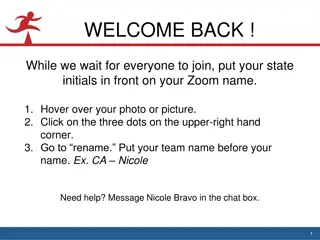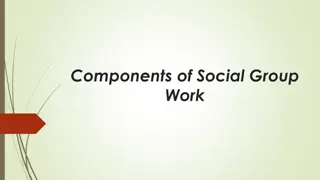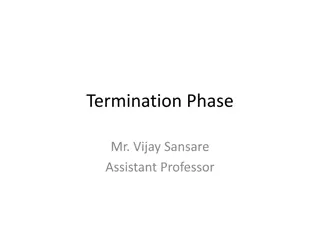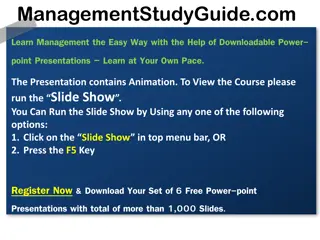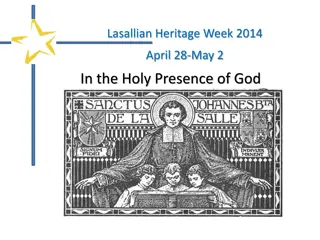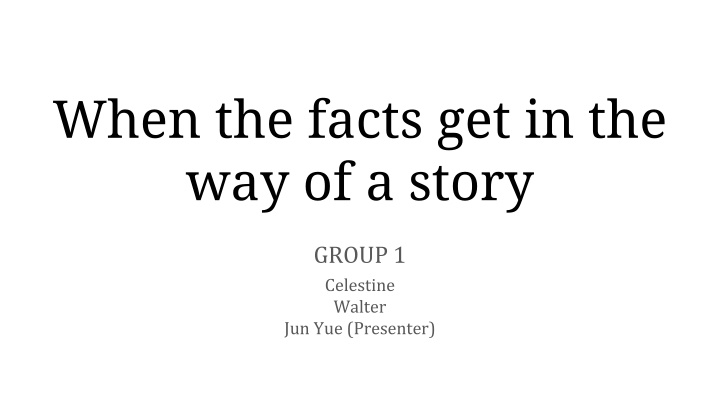
Uncovering the Truth: Misleading Statistics in Media Reporting
Delve into the deceptive use of statistics in media reporting with case studies exposing misleading claims. Understand the significance of p-values, clustering, and multiple comparisons in accurate data interpretation. Explore how journalists can mislead readers and learn to distinguish between deliberate deceit and ignorance.
Download Presentation

Please find below an Image/Link to download the presentation.
The content on the website is provided AS IS for your information and personal use only. It may not be sold, licensed, or shared on other websites without obtaining consent from the author. If you encounter any issues during the download, it is possible that the publisher has removed the file from their server.
You are allowed to download the files provided on this website for personal or commercial use, subject to the condition that they are used lawfully. All files are the property of their respective owners.
The content on the website is provided AS IS for your information and personal use only. It may not be sold, licensed, or shared on other websites without obtaining consent from the author.
E N D
Presentation Transcript
When the facts get in the way of a story GROUP 1 Celestine Walter Jun Yue (Presenter)
OUTLINE Background information The Times report vs Government survey results What is p-value? What is clustering? What is multiple comparison? Do you think the journalist who wrote the story was misleading readers deliberately or merely through ignorance?
When the facts get in the way of a story Appeared in Significance, a bimonthly magazine in the United Kingdom and the United States Author: Ben Goldacre, Bad Science column writer in The Guardian Published on 1stApril 2006 Won the Royal Statistical Society (RSS) Journalism Competition in 2007
Cocaine floods the playground Cocaine floods the play- ground. Use by children doubles Front page of The Times: Use of the addictive drug by children doubles in a year The Telegraph, The Mirror also reported a double in the usage Government survey reported almost no change in patterns of drug use, drinking or smoking since 2000 Could this be true?
Who is right? 9000 children, aged 11 to 15, in 305 schools No change in prevalence of drug use Reported figures: 1% yes in 2004, 2% yes in 2005 Doubled? YES Actual figures: 1.4% yes in 2004, 1.9% yes in 2005 Doubled? NO Increase of 0.5%, about 45 more kids saying yes to the question
It IS significant p-value < 0.05
p-value The probability of obtaining a result equal to or more extreme than what was actually observed Small p-value ( 0.05) indicates strong evidence against the null hypothesis Large p-value (> 0.05) indicates weak evidence against the null hypothesis
It IS significant p-value < 0.05
It IS LESS significant Simply looking at figures then judging significance misleading is Assumes that every child is independent Data is clustered
Clustering Grouping a set of objects; objects in the same cluster are more similar to each other than to those in other clusters A main task of exploratory data mining Unclear, unknown population; geographically convenient sample clusters; clusters form naturally in a population Reduce the total number of interviews and costs given the desired accuracy Used to estimate high mortalities in cases such as wars, famines and natural disasters
Advantages of clustering Cheaper save up on travel expenses, admin- istration costs Logistically large populations taken into account feasible
Disadvantages of clustering Respondents in the same cluster are likely to be somewhat similar to one another; reduced variation biasness or not? Effective sample size is reduced Higher sampling error, compared to any other method; loss of effectiveness design effect Cluster size increases, results in an increase in design effect
It IS LESS significant Likely to be residing around the same area or learning in the same school; high chance of interaction among the kids Social factors due to clustering can play a part in influencing the drug use Since each child is not independent of other children in this experiment, effective sample pool is reduced Clustering here has increased the p-value
Multiple Comparison A set of statistical inferences simultaneously or infers a subset of parameters selected based on the observed value Number of comparisons increases, more likely that groups being compared will appear to differ in terms of at least one attribute Problem: (Test performed at significance level 5%) Out of 100 comparisons, there can be 5 statistically significant false positives
Multiple Comparison in context Data points include solvents, smoking, cannabis, ketamine, cocaine Problem: 5 of the comparisons made can be false positives Need to do a correction for multiple comparisons ; reduces significance of findings dramatically, but still an important step to test the significance of the data
Do you think the journalist who wrote the story was misleading readers deliberately or merely through ignorance? News reporters are not Science specialists, unaware of significance of reporting accurate data instead of rounded off figures Compete for headlines; rounding off figures in order to claim that the rate has doubled









